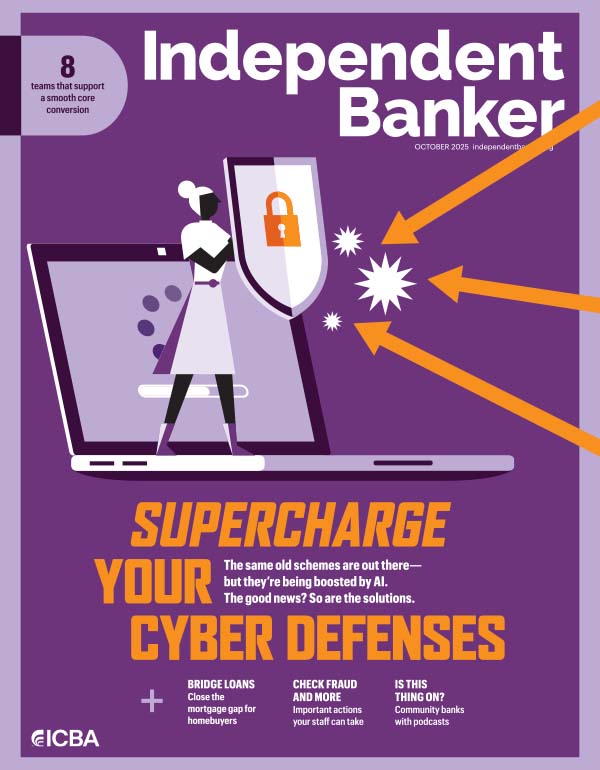Coupon payments. Macaulay duration. Price volatility. Present value of cash flows. All of these are measures of, or components of, the biggest risk of owning bonds, which is that their values will fall if interest rates rise. I think this correlation has been amply displayed in the last two years.
One outcome of the historic quantity and velocity of the rate hikes we endured is that bonds that were built just after the COVID-19 outbreak are still around and worth much less than the original investors paid for them. Hence, the title of this column. For several reasons, most of them well-founded, buyers of bonds in 2023 (you know who you are, as there aren’t many) will tend to opt for the more recent models, which contain, in bond-speak, “current coupons.”
Maybe, just maybe, interest rates could be set to retreat in the foreseeable future, and if so, portfolio managers could perhaps stand a quick refresher about which bond features are better suited to falling rate environments.
There’s nothing inherently wrong with current coupons, purchased at or near par. There are even convenience and risk-avoidance features to buying newly hatched bonds. For one, a bond owned at exactly 100.00 has no mystery about its yield to maturity. Related to that, if a bond can be prepaid or called, like about 80% of bonds in a community bank’s portfolio, the owner isn’t as exposed to yield risk if a call is exercised.
Maybe, just maybe, interest rates could be set to retreat in the foreseeable future, and if so, portfolio managers could perhaps stand a quick refresher about which bond features are better suited to falling rate environments. The good news is that there is a wide range to choose from, unlike in late 2021, when most anything remaining in the market had record-low coupons.
Less can be more
Quick review of the duration metric: Macaulay duration is the weighted average period to receive all principal and interest. Its relevance to this column is that the smaller the coupon payments, the longer the duration. So, if investors want to extend their average maturities, going “down coupon” is a way to accomplish that. This holds true for any fixed-income instrument, taxable or otherwise.
As alluded to earlier, if an investment can be redeemed early (in other words, called) by the issuer, and the current owner had purchased the bond at a discount, the yield-to-call will be higher than yield-to-maturity. Of course, at the time a bond is purchased below par, it’s not expected to be called. Still, given the size of the rate hikes this time around, a case can be made that a 2% or 3% drop in yields could happen, particularly on the short end of the maturity spectrum. In that scenario, a lot of bonds that are worth a lot less than par today could become in-the-money to be called.
Seasoned veterans
If the preferred sector for investors is mortgages—and some kind of mortgage-backed security (MBS) comprises over half of all community bank portfolios—there is additional nuance, and it’s positive.
As a group of mortgage loans seasons, there are inevitably events that cause some of them to prepay, even if the note rates are far below current levels. Business relocations, divorce, death and, yes, defaults all will occur to some degree over time. It may take several years to start showing up, but seasoning of even lower coupon pools eventually produces some prepay activity, which is good news for investors of these discount pools.
Another certainty of the seasoning is that, even absent this prepayment activity, the outright scheduled principal will begin to pick up, particularly for 10- and 15-year MBS. By the time a “dwarf” pool reaches four years old, its required principal paydown annually will be about 33% higher than a new pool. That alone will produce additional cash flow and tend to limit extension risk.
Eyes wide open
A note of caution: A portfolio that relies heavily on below-market coupons will have less upside in rising, or persistently high, rate environments, as they will tend to have more price volatility. Where they can be useful is to build out a ladder, and their cash flows will be more predictable; newly hatched bonds with 5%-plus coupons will be the first to go away as soon as rates begin to fall.
To close, as always, a good mix of variables would seem to spread out risk. This can include issuer names, maturity/call dates, and yes, the nominal interest rates. It’s rare indeed that an investor can access bonds with the wide range of stated coupons that are available today. “Necessity never made a good bargain,” Ben Franklin once said, but he never managed a community bank bond portfolio in a post-500 basis point rate hike era, either.
Education on tap
Bank directors gathering this month
Community Banker University hosts the Annual Directors Conference from Oct. 11–13 at the Omni LaCosta Resort & Spa in Carlsbad, Calif. Bank directors and C-suite managers will hear from a range of speakers regarding profitability, compliance, risk management and credit trends.
For more information, contact ICBA or visit the Events Calendar.
ICBA Securities webinar series concludes
The final event in the 2023 Community Banking Matters webinar series will be held Nov. 12 at 1 p.m. Eastern. The series is cohosted by ICBA Securities and its exclusively endorsed broker, Stifel. One hour of CPE is offered. For more information or to register, contact your Stifel sales rep.






